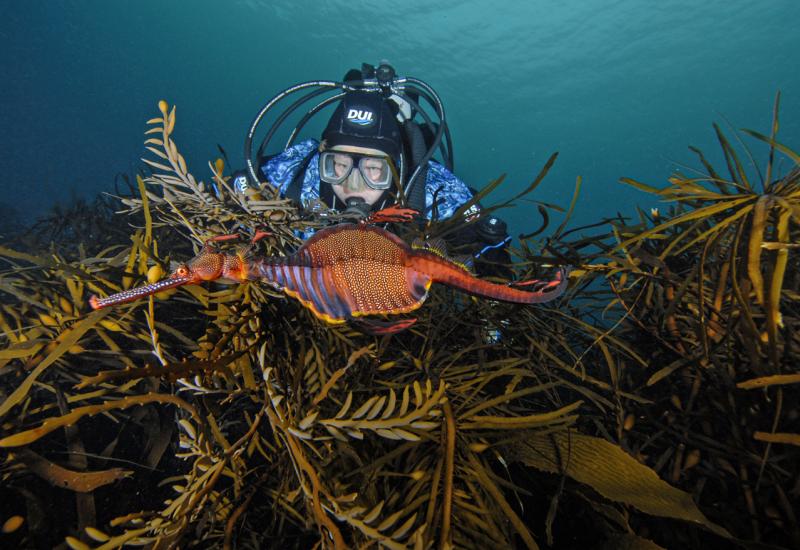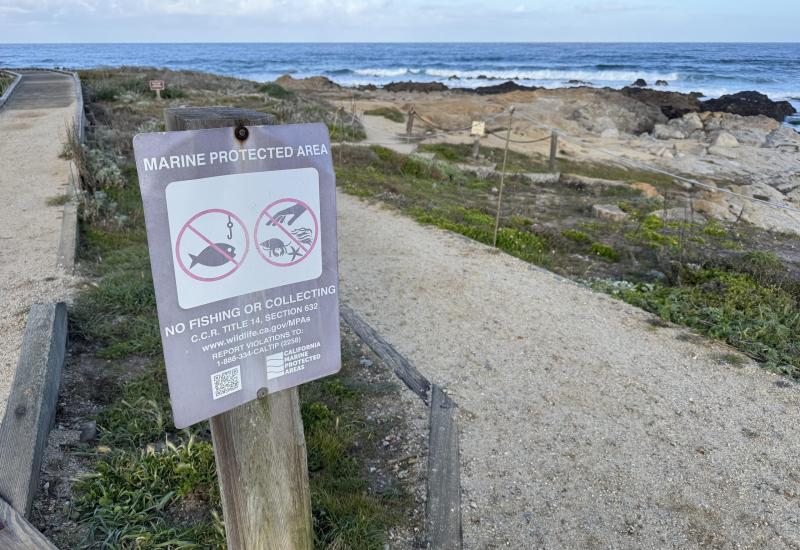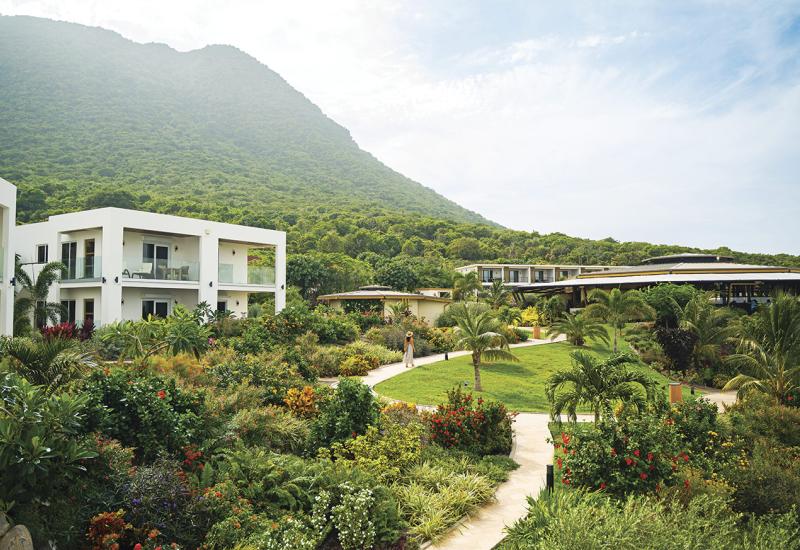What the New Olympics Judges' Tower Means for Tahiti's Coral Reefs
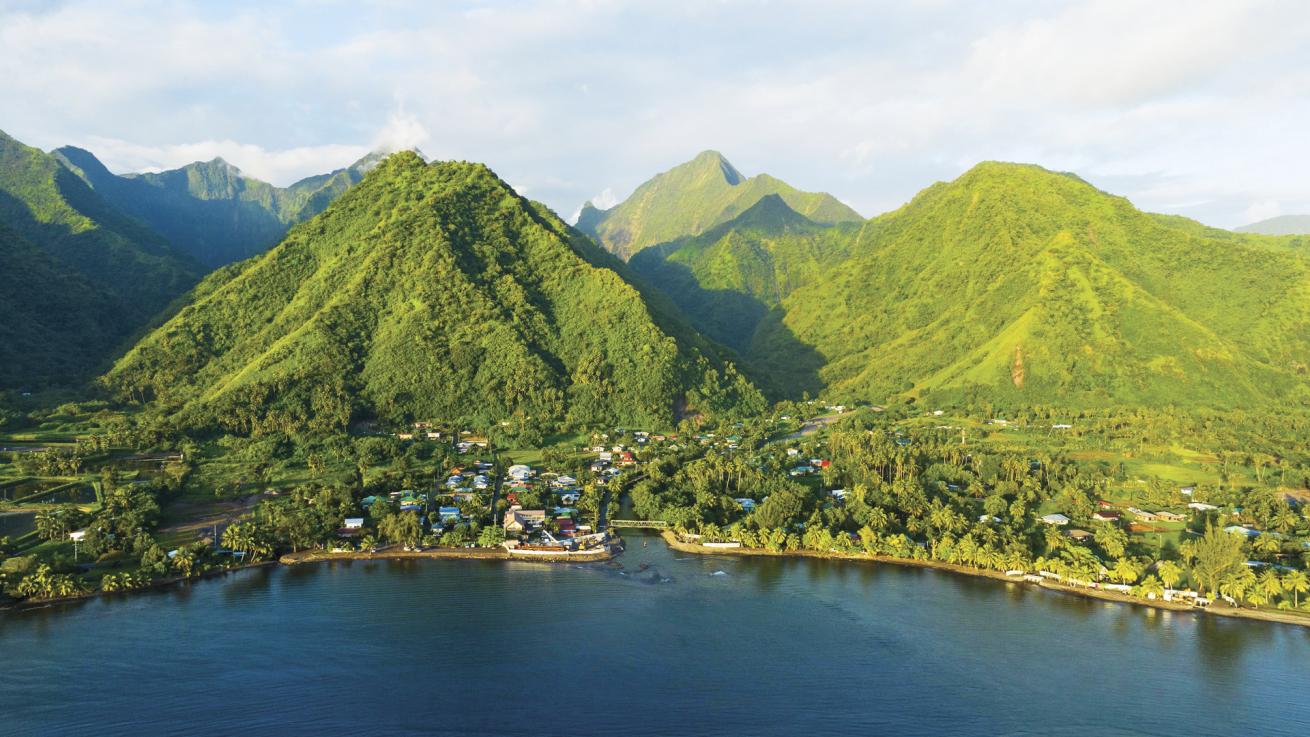
Courtesy Todd GlaserThe Tahitian village of Teahupo’o.
Famed for its big waves, the tiny village of Teahupo’o, located at the southwest tip of Tahiti in French Polynesia, will host the 2024 Paris Olympics surfing competition from July 27 to August 4. But the resulting threats to the coral reef, the wave itself and the safety of consuming fish are upsetting local surfers and fishers, and coral reef scientists worldwide.
Preparations for the competition include constructing a new $5 million aluminum judges’ tower, which raises ecological concerns. The new tower will hold up to 40 people and replace an old wooden tower. The wooden tower, constructed 20 years ago and used annually for the World Surf League tour competition, was deemed unsafe, according to the Paris Olympics.
Building a new tower brings a host of problems for the ecosystem, says Eslam Osman, a coral reef biologist and National Geographic explorer. “During construction, activities such as dredging, drilling and pile driving can damage coral colonies and the reef structure,” he says. Additionally, the activity stirs up sediment in the water, which can smother corals and interfere with their ability to feed, breathe and soak up sunlight for energy. It can introduce pollutants, such as runoff and chemicals—and even noise pollution—that could harm corals, fish and other marine life, and interfere with their communication and reproduction. “The construction of permanent structures like towers can lead to the loss of important habitat for reef-dwelling organisms that can have cascading effects on the entire ecosystem,” Osman says.
Related Reading: Fighting to Save the Caribbean's Coral Reefs
Opposition to the tower has resulted in peaceful protests and a petition, spearheaded by Vai Ara O Teahupo’o Association, a coalition of locals, surfers and environmental nongovernmental organizations. The petition has gained more than 250,000 signatures at the time of this writing, especially with the help of Tahitian big wave pro surfer Matahi Drollet. “It’s striking to note that while the local community, who would benefit directly from the event, is against the construction of the tower, the authorities are in support of it,” Osman says.
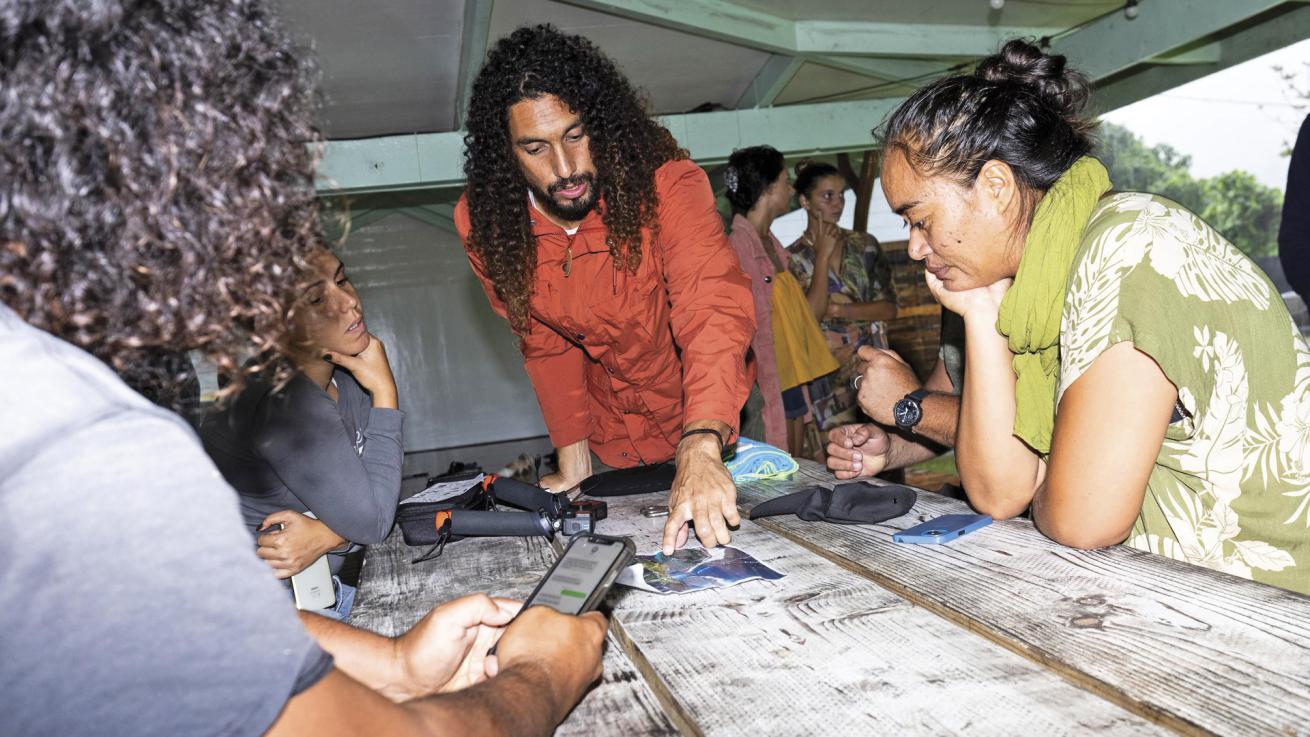
Dr. Cliff Kapono, of the MEGA lab, a nonprofit ocean research group, talks with members of environmental group Vai Ara O Teahupo’o Association.
In addition to the impact on the corals themselves, locals worry that altering the reef’s structure could change—even end—the famed wave at Teahupo’o. Damaging the reef could also potentially lead to increases in a microscopic alga, which thrives on dead coral and produces the neurotoxin ciguatera, according to Save Teahupo’o Reef. If people eat fish contaminated with the toxin, they can become seriously ill, which puts the local fishing economy and the community’s health at risk. “The society is indeed aware of the value of the coral reefs and how it supports their livelihood,” Osman says.
But despite the backlash, the official Olympic Committee has agreed to move forward with a smaller, lighter tower, which was the best solution considering all other options, according to a press release by the Paris Olympics, Polynesian Government and the Haut-Commissariat in November 2023.
Other changes the Committee agreed to include removing drinking water and wastewater connections, as well as temporary sublagonal cable to be removed after the Games.
In December 2023, however, the Paris Olympics halted construction when a large barge bringing in equipment got stuck on the reef, breaking and harming coral. Construction has since resumed.
The decision to move forward with the construction was surprising to many, given that the 2024 Paris Olympics have stated a goal of improving sustainability and reducing the carbon footprint of the Games by half compared to previous years.
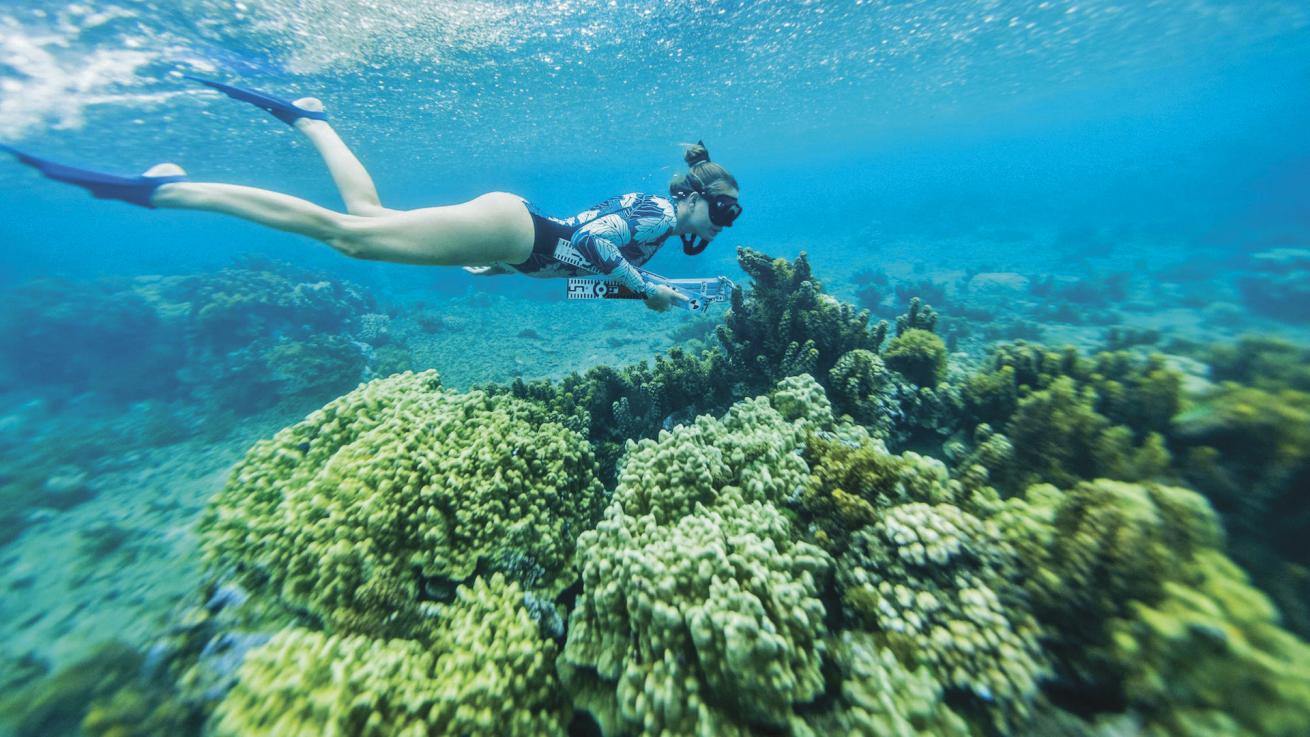
The local reef ecosystem was assessed using 3D photogrammetry techniques.
“Paris Olympics is shouting about how sustainable they are being or trying to be, but then they go and propose this [new tower] in such a vulnerable ecosystem,” says Paige Strudwick, a coral reef biologist based in Australia. “I’m no expert, but you’d think with all the technology today, we could use cameras and a live setup.”
The Teahupo’o reef might be one small reef, “but all reefs contribute valuable services, and they are all under threat,” Strudwick says. “From what I’ve gathered, it’s the locals who are most concerned, which is really a shame their voices aren’t being listened to.”
Related Reading: Coral Scientist Wilfredo “Al” Licuanan Named June Sea Hero
But the locals aren’t just sitting by and doing nothing. In addition to protesting, they are actively getting involved in monitoring the reef, thanks to scientists from the MEGA lab, a nonprofit ocean research group. Researchers with the lab have trained locals to take photos and monitor the reef, so now there is a baseline of the reef’s health and how the new tower construction will impact it, says John Burns, secretary of the MEGA Lab and associate professor at the University of Hawaii at Hilo.
“We work with groups to try and empower them with these technological tools so they can map, monitor and track their environments.” In a new study, published in the journal Remote Access, Burns and co-authors identified 1,003 corals from 20 different species where the tower will be located.

